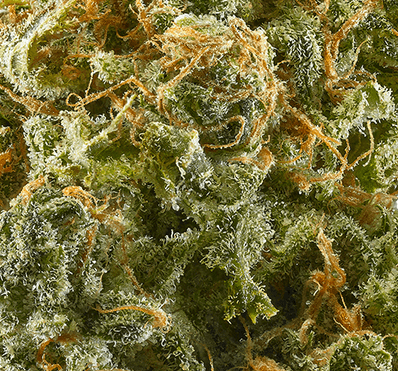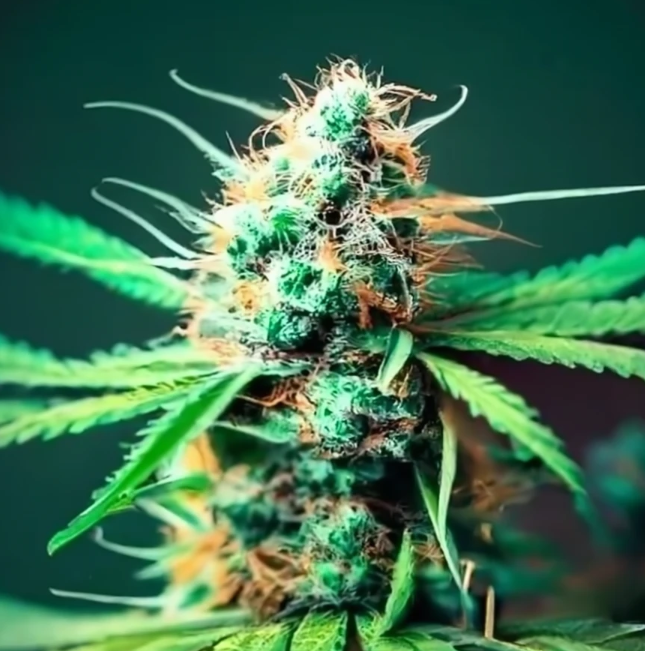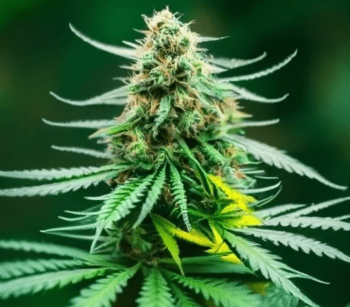Discover the fascinating process of how feminized seeds are produced, a method that ensures nearly 100% female plants for your cannabis cultivation. Learn more about the techniques, benefits, and potential challenges of this method. Don’t wait, delve into the world of feminized seeds today!
Understanding the Production of Feminized Seeds
As the cannabis industry continues to evolve, so does the science behind it. One of the most significant advancements in recent years is the development of feminized seeds. These seeds are specifically bred to eliminate male chromosomes, increasing the likelihood of growing female plants. But how exactly are these seeds produced? Let’s delve into the fascinating process.
The Importance of Feminized Seeds
Before we dive into the production process, it’s crucial to understand why feminized seeds are so important. In the cannabis world, female plants are highly valued for their ability to produce high-quality, potent buds. Male plants, on the other hand, are often seen as undesirable because they don’t produce these buds and can pollinate female plants, leading to seedy, lower-quality flowers. By using feminized seeds, growers can ensure a nearly 100% female crop, maximizing their yield and quality.
The Science Behind Feminized Seeds
The production of feminized seeds involves manipulating the plant’s gender, a process that revolves around the plant’s response to stress. Here’s a step-by-step breakdown:
- Stress Induction: The first step involves stressing a healthy female plant to the point where it becomes ‘hermaphroditic’ and starts producing pollen. This can be achieved through various methods, including light stress, nutrient stress, and the most common method, chemical stress using colloidal silver or gibberellic acid.
- Pollen Collection: Once the plant starts producing pollen, it’s collected and stored for later use.
- Pollination: The collected pollen is then used to pollinate other female plants. The resulting seeds from this process are feminized since they only contain female chromosomes.
Yo, fam! We got that Blue Dream on deck. It’s that fire mix of Blueberry and Haze, straight sativa vibes. This bad boy’s packin’ 18% THC and almost no CBD. When you hit this, it’s like your mind’s in the clouds but your body’s chillin’ on the block. You’ll be feelin’ mad creative, lifted, and ready to roll. But keep it 100, Blue Dream strain might leave your mouth dry, have you trippin’ a bit, and eyes feelin’ like the Sahara. A lot of the homies use Blue Dream to shake off the blues, stress, and all that noise. When you taste it? It’s like a berry burst, with that blueberry leading the pack. And that smell? Earthy tones from the myrcene, with a touch of pine and a spicy kick. And you know where it’s from? Straight outta Cali, bro.
Stay lit! 🔥🍃🤟
Benefits and Drawbacks
While the benefits of feminized seeds are clear – higher yields, better quality, and less work separating male and female plants – there are also some potential drawbacks. For instance, feminized seeds can be more susceptible to stress and may require more care than regular seeds. Additionally, the process of creating feminized seeds can be complex and time-consuming, making them more expensive than regular seeds.
Conclusion
The production of feminized seeds is a game-changer in the cannabis industry. By ensuring a nearly all-female crop, growers can maximize their yield and quality, making the most of their cultivation efforts. While the process may be complex and the seeds slightly more expensive, the benefits clearly outweigh the drawbacks. As the industry continues to evolve, we can expect to see even more advancements in this area, further revolutionizing cannabis cultivation.




